October 2018
Designer Spotlight: 855 Brannan Apartments Rooftop Community Space
Read more
For us, there’s nothing more enjoyable than kicking back outside, whether with family over dinner, with friends over a glass (or two) of wine, or with a great book. Having beautiful, comfortable furniture only adds to the relaxing experience—as long as it’s built to take what nature dishes out. That’s why we choose fuss-free pieces that are durable, functional, and easy to care for, and still look incredible in a variety of spaces. Once you’ve chosen pieces that suit your design, it’s time to think about how to protect and care for outdoor furniture, and the investment you’ve made.
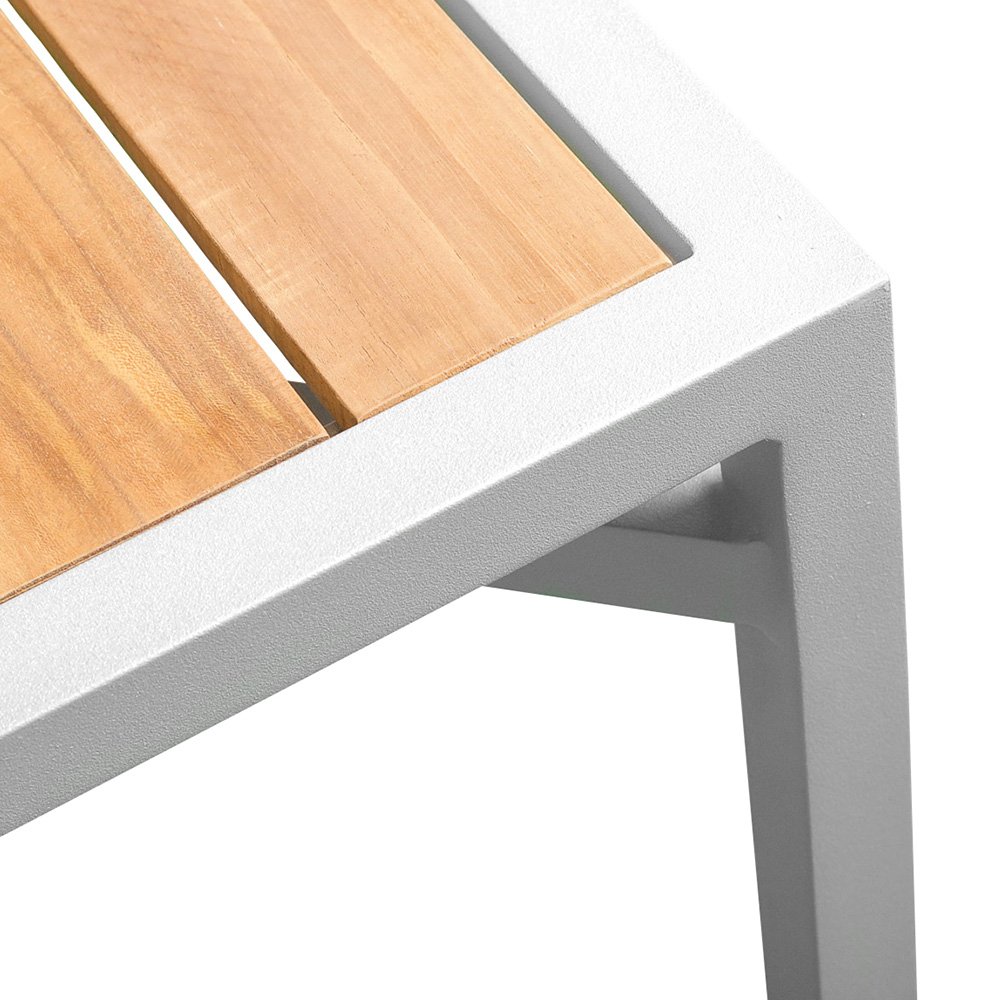
Just like your car, powder coated metal furniture is finished in a coating process that prevents corrosion, even when exposed to rain, snow, and ice. Polyester paint powders are the most durable, and are the gold standard for outdoor furniture. Scratches can also be fixed easily on these finishes; simply fill in with a color-matched epoxy paint.
Learning how to care for outdoor furniture made from powder coated metal furniture is simple: give it a regular wipe-down with water and a mild soap or detergent. In coastal areas, where the salty air can speed corrosion, clean your furniture at least once a month.
Never use abrasive cleaners, cloths, or brushes on powder coated metal. If you find rust forming in an area where the paint has been scratched, coat it with a rust protectant, then paint over the area as described above.
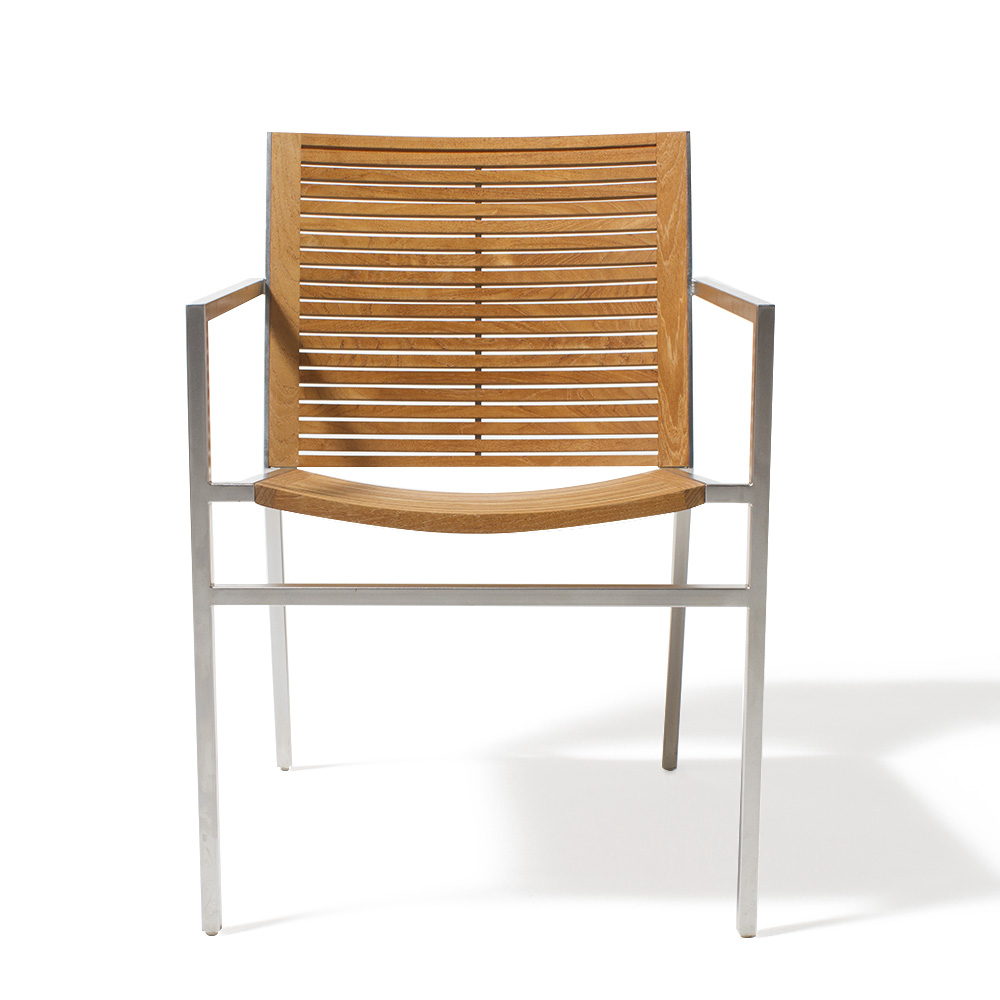
Stainless steel is a great choice for outdoor use, on everything from modern outdoor benches to bar stools. But without proper care, stainless steel won’t stay quite as blemish-free as its name suggests. It’s important to reduce the buildup of dirt and other substances, especially salt, that might be carried through the air or inadvertently transferred by human use, and cause dullness, spotting, or deterioration.
Keep your stainless steel furniture in tip-top shape by regularly removing stains with dishwashing or other mild detergent mixed with water. For stubborn stains, apply stainless steel cleaner to a soft cloth or nylon sponge and scrub — in the same direction as the “hairline” surface— until the marks disappear. Wash the remainder of the stainless steel surface with soap and water, rinse with clean water, and dry with a soft cloth.
Not all stainless steel cleaners are created equal! Avoid any that are acid-, chloride-, or sodium hydroxide-based. Also, metal brushes are not your stainless steel furniture’s friends. Use only nylon material, such as 3M Scotch-Brite pads, if you need some gentle scrubbing action.
Once dry, apply a stainless steel polish to protect and keep the furniture clean. This will also help it resist fingerprints. As with powder coated metal, stainless steel furniture located near the seaside should be cleaned weekly. For other areas, once-per-month cleaning is usually all that’s needed.
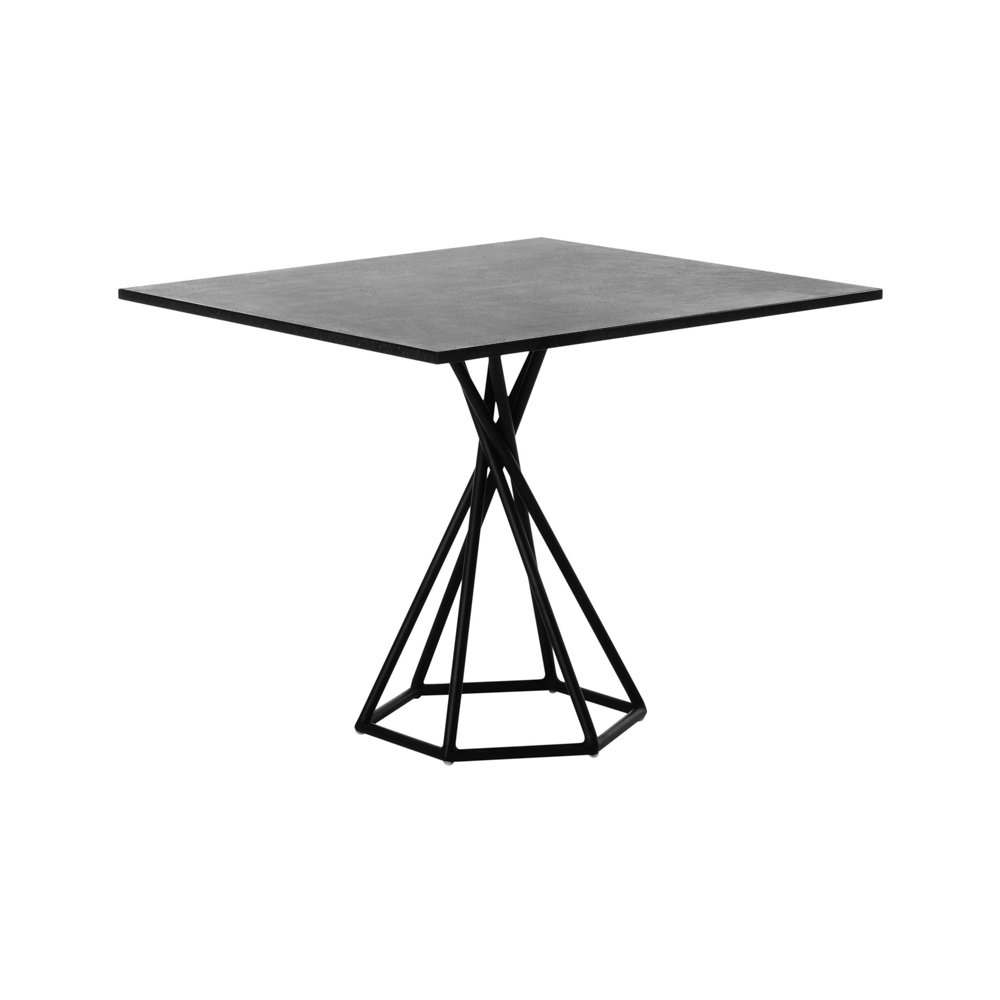
Beloved for both indoor and outdoor use, granite is a mined natural rock that’s so durable, it will easily last a lifetime—if not more! Granite can withstand extremes of heat and cold, and its density will prevent it from being knocked about in windy or stormy conditions. It’s also resistant to moisture—so you can place hot, cold, or wet items on it without fear of damage (though coasters will help prevent moisture rings)—and it won’t fade in direct sunlight.
Maintaining granite is as easy as it gets: give it a wipe with a damp cloth and mild soap. Avoid acid-based cleaners and bleach, which will break down the material over the time and scratch the surface.
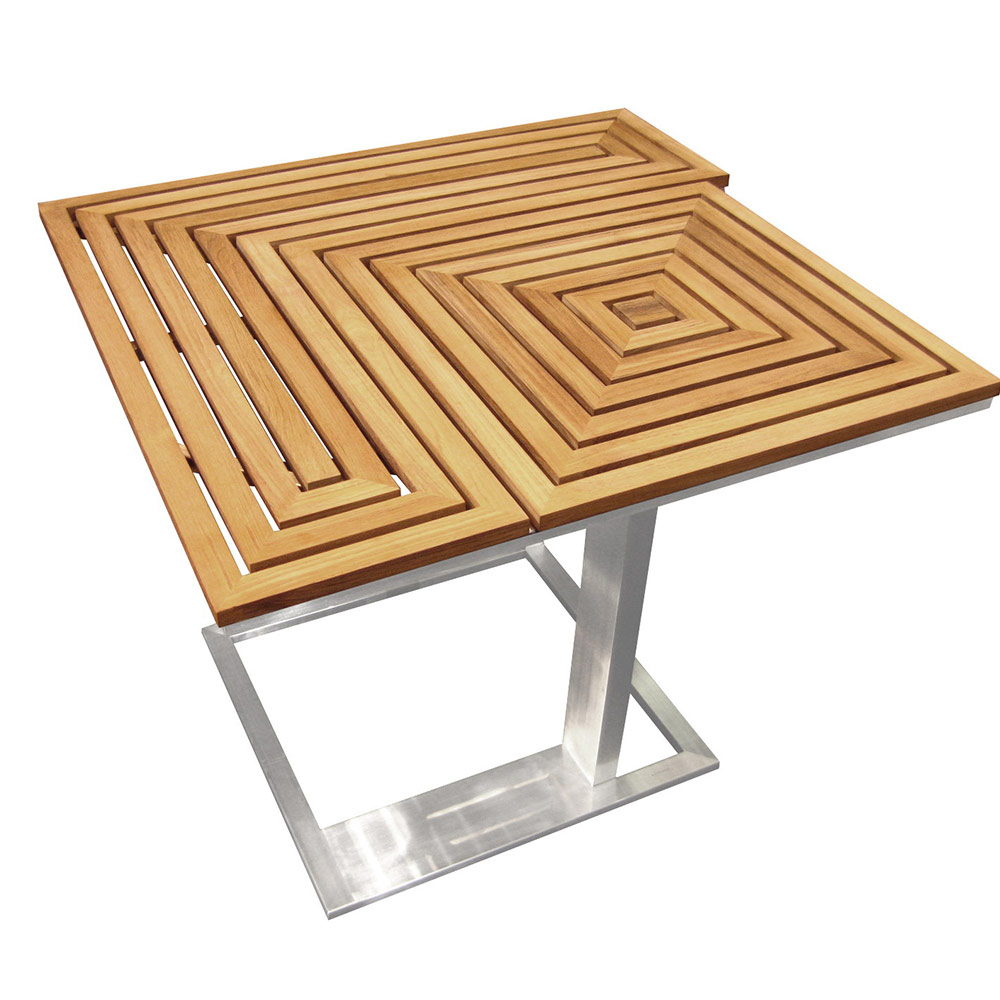
There’s a reason why teak is one of the world’s most sought-after woods for outdoor furniture, including outdoor park benches and tables: it performs like a champ in a variety of environments, and can resist weather extremes better than any other wood. What’s more, it’s not complicated to learn how to protect outdoor furniture made of teak.
Never power-wash teak! High-pressure cleaning, even with water only, can strip the protective natural oils from the teak and make it dry and brittle. Instead, wash your teak outdoor furniture with water and a soft-bristled brush or sponge, and allow it to dry. It’s that simple!
As teak ages in the outdoors, it develops a distinctively elegant silvery-gray patina. How quickly this occurs depends on the amount of sun and rain exposure, but generally you’ll see this “English garden” look appear in three to twelve months. During the weathering process, you may notice a slight “furriness” of the grain on the tops of furniture arms and legs. This is the wood expanding and contracting, and is perfectly normal for outdoor wood furniture. It won’t affect or minimize the durability or quality of the furniture.
If you prefer the original warm color of teak, you can apply a teak protectant (available from your local hardware store or search online) to preserve this reddish-orange hue. You’ll need to repeat applications to keep the color from weathering—one reason why many people embrace the natural weathering process.
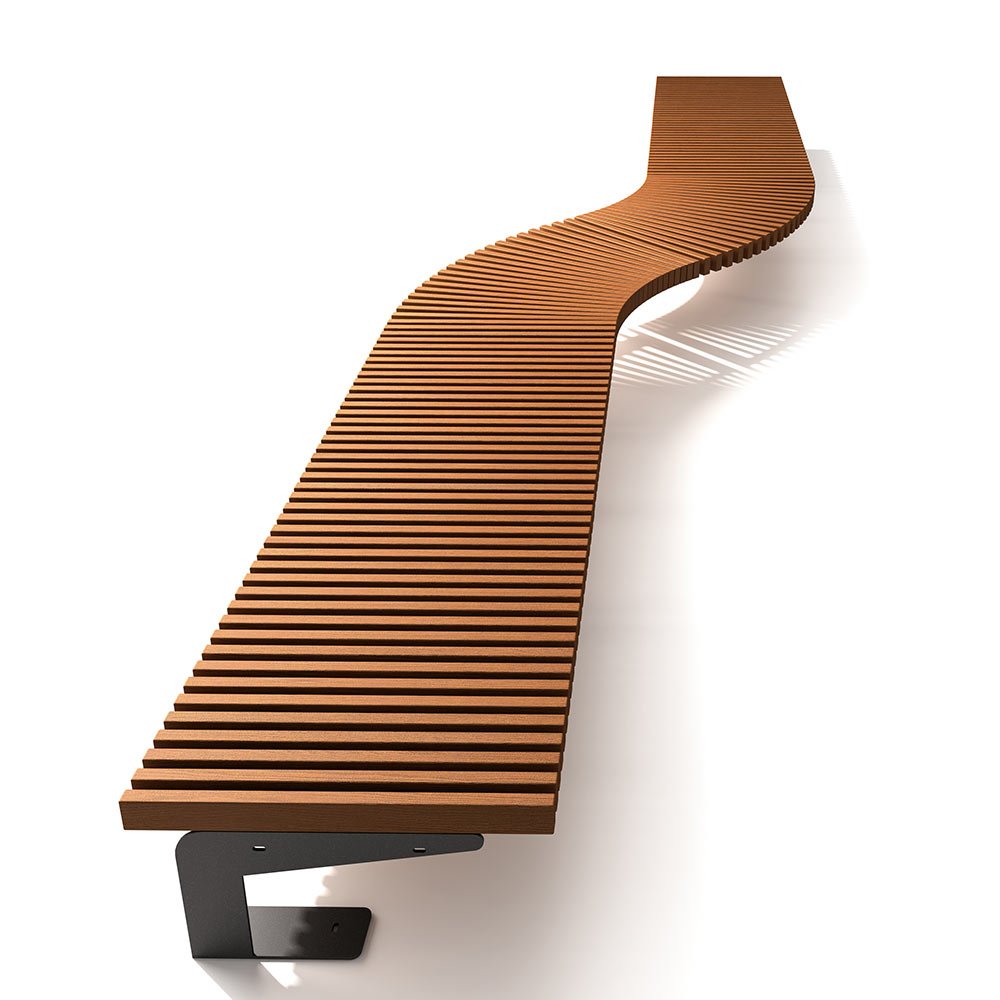
With its deep reddish-brown color and variations in tonality, Cumaru furniture has a sophisticated character that provides beautiful contrast in an outdoor environment. Cumaru also has a tight, dense wood grain. Like teak, it’s naturally high in oils, which allows it to resist inclement weather.
Similar to Cumaru, Okoume and yellow pine are durable, high in oil content, and naturally weather resistant. Okoume, in its natural, unstained state, has a rich tone similar to the warm color of mahogany. Unlike mahogany, however, it accepts finish stains with ease, so it can be colored lighter or darker.
The term yellow pine actually refers to a group of very durable American woods that are recognized for their even grain, strength, and durability in all weather conditions.
Minimal maintenance is required to care for these hardwoods. Simply hose down the furniture with clean water to wash away dirt and impurities. For tougher dirt and stains, use a mild soapy detergent and scrub with a sponge. Allow to air-dry.

To create this unique wood, European Scotch fir is impregnated with mineral salts in computer-controlled autoclaves. The result is wood that’s extremely durable and can withstand sun, rain, snow, mold, insects, and other extreme environments.
To clean furniture made from Protekt®, rinse it with a power hose. For prolonged life, treat it according to manufacturer instructions with Tartaruga® Proimprex, a colorless, waterless primer.
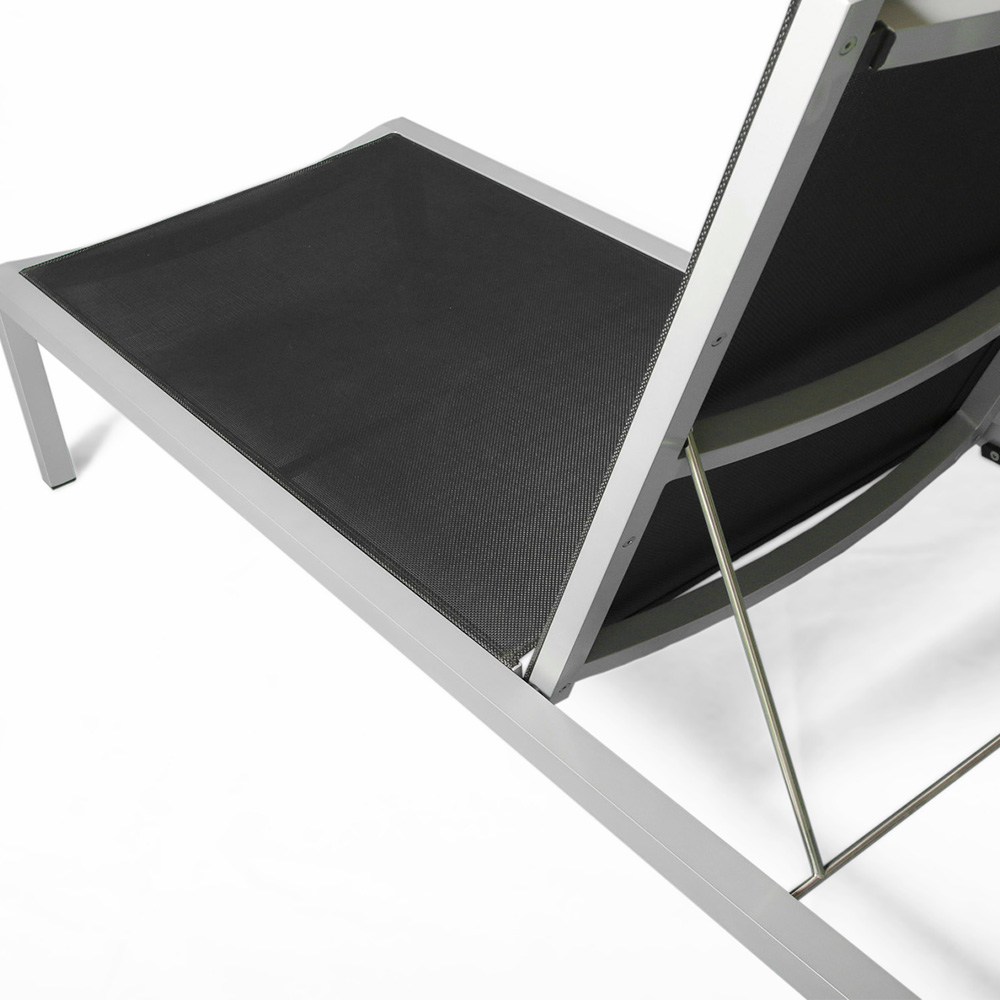
Sunsure® mesh consists of woven polyester yarns individually coated with polyvinyl chloride (PVC). Its 2-over-2 thread count weave creates an extremely durable outdoor-grade fabric that can withstand 300,000 double rubs, making it a great choice for commercial use.
For routine cleaning and maintenance, brush away any loose dirt and debris, then hose down. Scrub mild stains with soapy water and a soft-bristled brush, then rinse thoroughly and air dry.
For tougher stains and discoloration, rinse the area with water and spray with an all-purpose orange-based cleaner. Scrub with a soft-bristled brush, and rinse thoroughly with clean water.
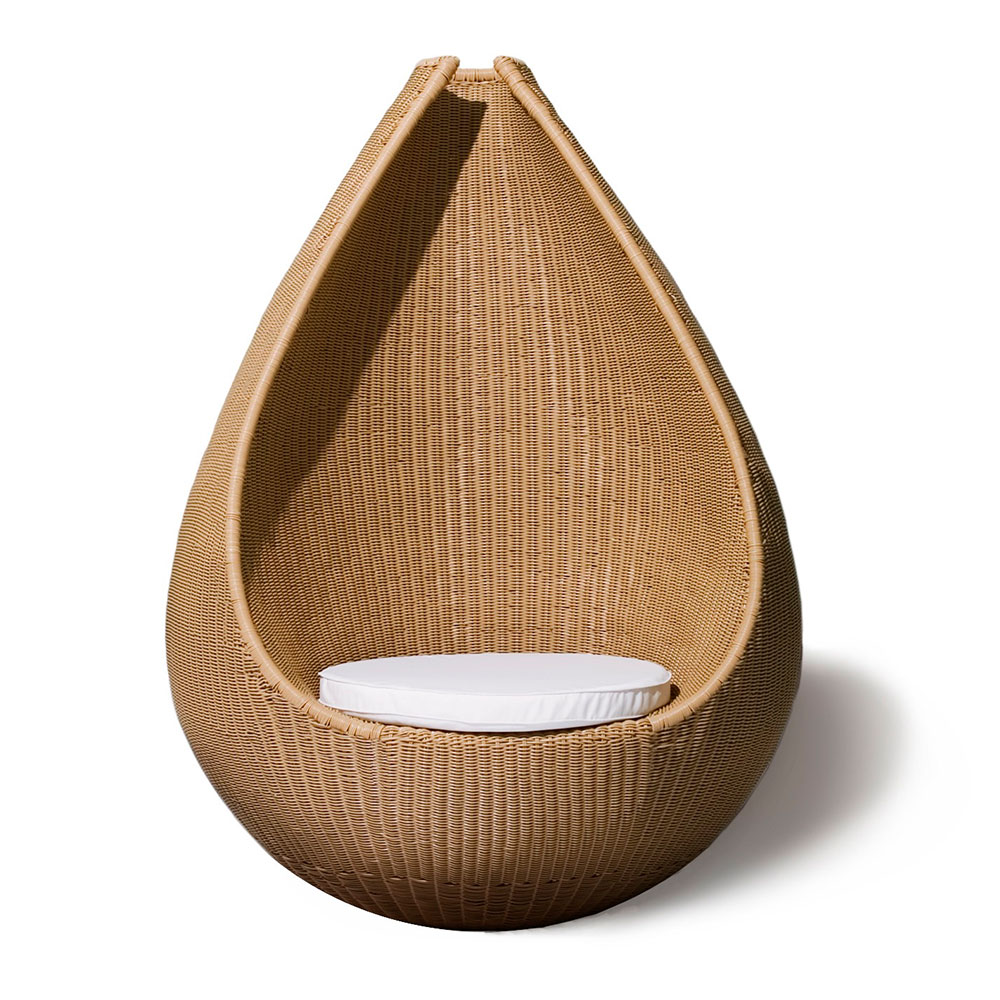
Solid polyethylene slats and handwoven synthetic rattan are made from extruded high-density polyethylene (HDPE). This tough-as-nails material is resistant to mildew, rain, and extreme temperatures, and won’t stain, fade, crack, or split.
To clean HDPE and synthetic rattan, combine a mild detergent with lukewarm water. Using a wet sponge or a soft-bristled brush, wipe the furniture, then rinse with clean water and dry. Never use abrasive materials such as sandpaper, steel wool, or scraping tools, even on stuck-on stains, as they can permanently damage the surface.
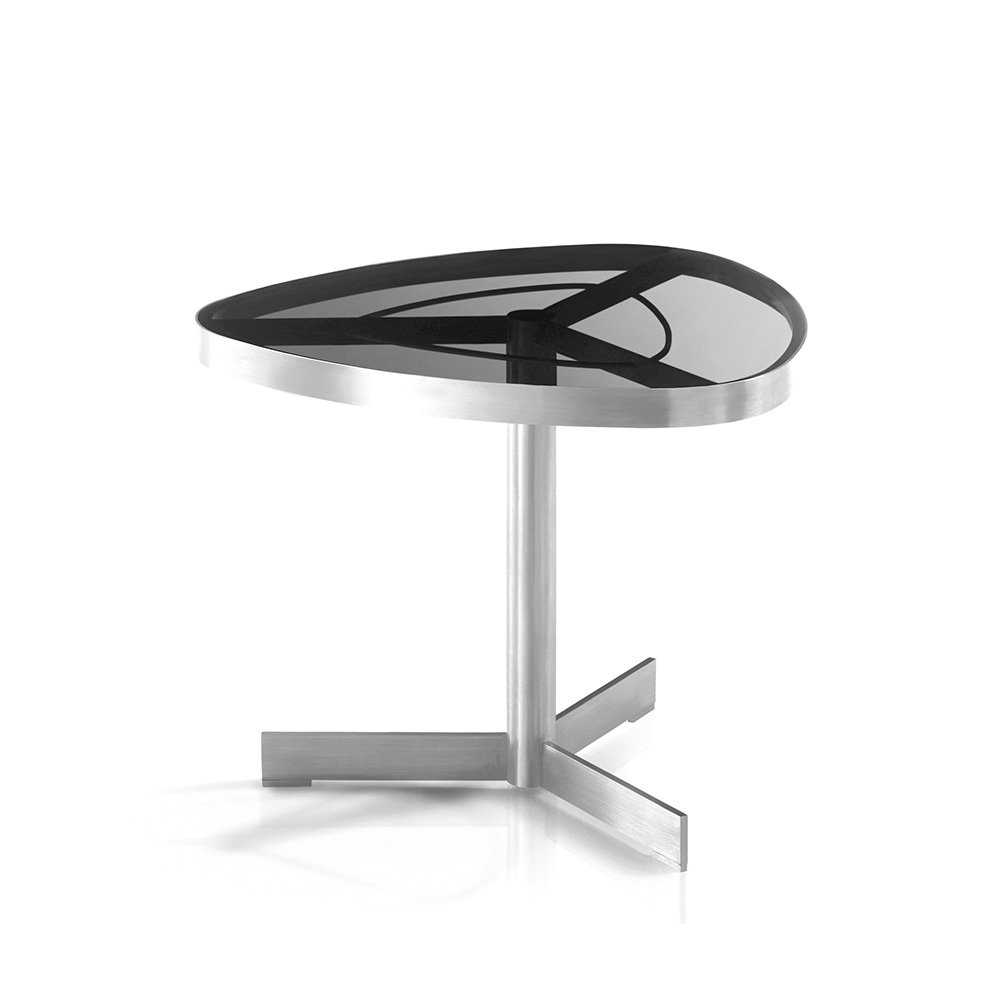
While ordinary glass is brittle and can’t handle much in the way of pressure, percussive movement, or heat, tempered glass is treated with a chemical or heat process that modifies its internal structure. This makes tempered glass, also called strengthened glass, highly durable, including under repeated exposure to sunlight. Even when broken, tempered glass won’t shatter; instead, the individual pieces will adhere together, as if in a web. This makes tempered glass a great choice for both indoor and outdoor use.
Clean tempered glass with any commercial household glass cleaner or mild dishwashing soap and a soft cloth or sponge. Buff gently with a clean, soft cloth to dry.
While you may have heard that white vinegar is a good glass cleaner, it can actually be abrasive and cause surface scratching. Avoid all other abrasive cleaners, such as bathroom or tile cleaners, when cleaning tempered glass.
Also be careful not to leave hard or heavy objects on top of your tempered glass furniture for long periods under the sun, as this can cause permanent marking. Use coasters or mats to avoid scratching the surface with plates and glassware.